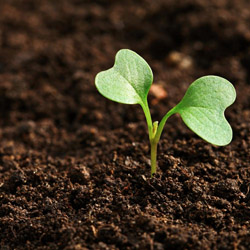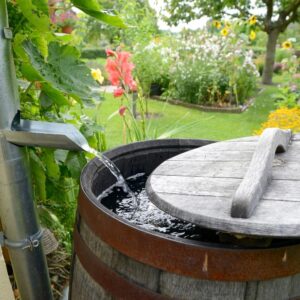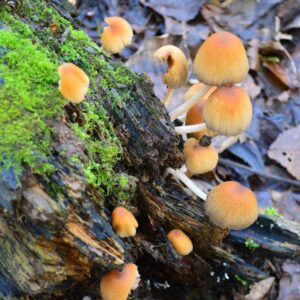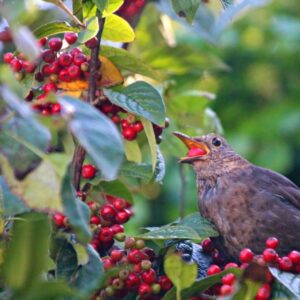A complete ecosystem can nourish and shelter plants and wildlife alike, and you don’t need extensive acreage or a large lot to create a thriving, healthy habitat. Creating a backyard ecosystem is an easy way to enjoy and support nature right at home.
What is an Ecosystem?
By definition, an ecosystem is a “bubble of life” – a complete biological community interacting with its physical environment. All the components of that community and environment, from soil, rocks, and water to insects, plants, and wildlife are all part of the ecosystem. An ecosystem doesn’t have to be large, and even in one yard there can be several ecosystems, such as a pond, a flowerbed, a thicket, or a vegetable garden.
Components of a Healthy Backyard Ecosystem
A healthy, balanced ecosystem requires several components to thrive. The key features of a backyard ecosystem include…
- Soil
Healthy soil is a key for all the plants, insects, and microbes necessary in a thriving ecosystem. Using compost can enrich soil for a healthy ecosystem, and compost is easy to manage in a bin or tumbler system. Testing soil can also help you know how to improve its pH or nutrient composition with the proper amendments or fertilizers as needed. - Water
All ecosystems require water, and a properly managed ecosystem may include built-in irrigation, a drip system, rain barrels, or other ways to manage water. A pond can be a rich part of an ecosystem, while a rain garden with native water-loving plants can use water well. In a drier habitat, xeriscaping with drought-resistant plants is ideal to use water wisely. - Plants
Plants are one of the most visible components of a backyard ecosystem, and native varieties are best because they are already adapted to the local climate and weather conditions. Cutting down on lawn space helps promote a more natural ecosystem, and choosing native, non-invasive plants is key to create a thriving and diverse backyard ecosystem. - Wildlife
All types of wildlife are part of the ecosystem, including birds, bees, butterflies, toads, salamanders, snakes, turtles, squirrels, and more. Welcome wildlife with easy shelter and simple feeding stations. Choose organic fertilizers and soil amendments and opt for native plants that wildlife will more easily recognize and use. - Layers
A thickly layered ecosystem will be more diverse and hardier, with different tiers of plants and wildlife. From groundcover plants to shrubbery of different heights to taller trees, climbing vines, and flowers of all sizes and shapes, tiered ecosystems provide better shelter and more feeding opportunities for insects and wildlife. - Shelter
All wildlife needs safe shelter from storms, extreme temperatures, and predators. Adding a birdhouse, toad house, bee shelter, bat house, owl nesting box, and other wildlife shelters to the yard or garden will encourage these amazing guests to take up residence and add their help and diversity to a backyard ecosystem. - Food
A wide variety of natural foods is essential for a healthy, diverse ecosystem. Plants that produce berries, nuts, grain, and seeds are all great choices, and many other visitors will feed on the insects that live in the ecosystem as well. A supplemental bird feeding station, butterfly feeder, hummingbird feeder, or squirrel feeding station can invite diverse wildlife to the buffet. - Death
Death is necessary to nourish life in a healthy backyard ecosystem. Dead trees, snags, and logs should be left intact if possible, so they can be broken down by insects and help return nutrients to the soil. Fungi, moss, and lichens will thrive on dead wood, and many birds and other animals will turn hollow spots into safe nesting sites or protected shelter.
Finding a Balance
It can take time to find a balance for each ecosystem in the yard to encourage a healthy life cycle. Starting with one corner of the yard or garden and gradually expanding throughout the yard can create a diverse, engaging ecosystem that will ebb and flow with each season, bringing great joy and engagement to the entire yard for both the gardener and every living plant and creature the garden supports.










